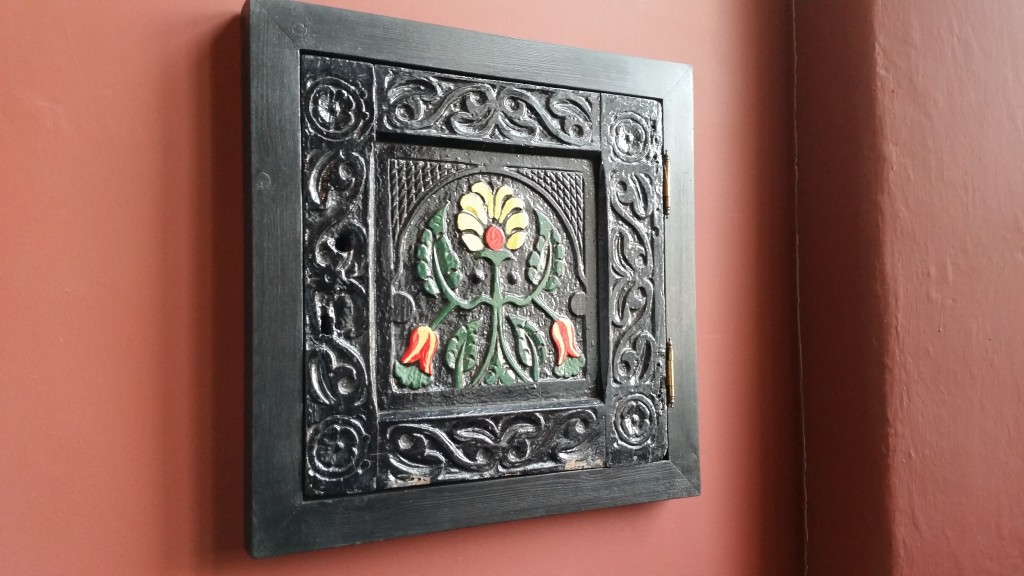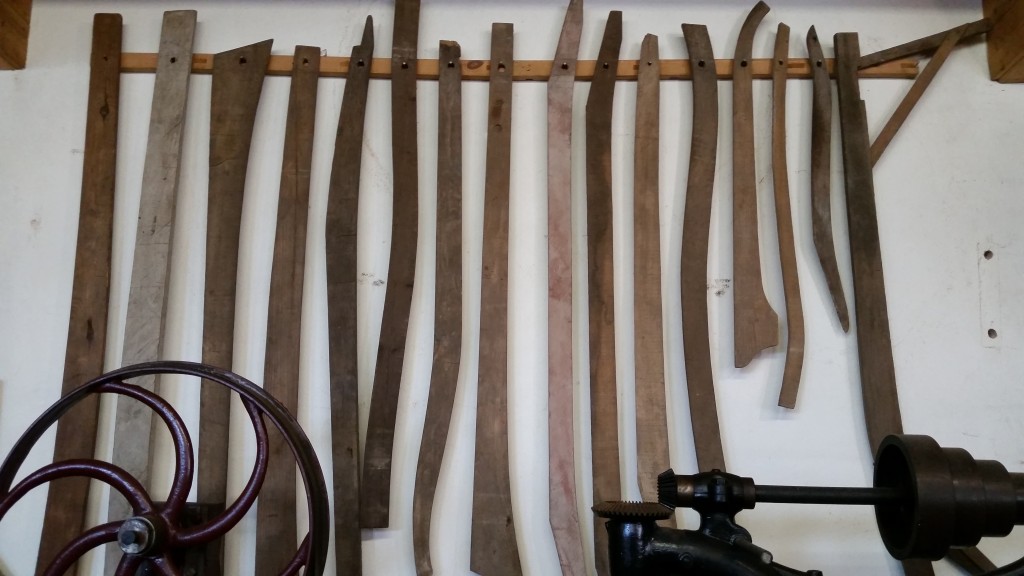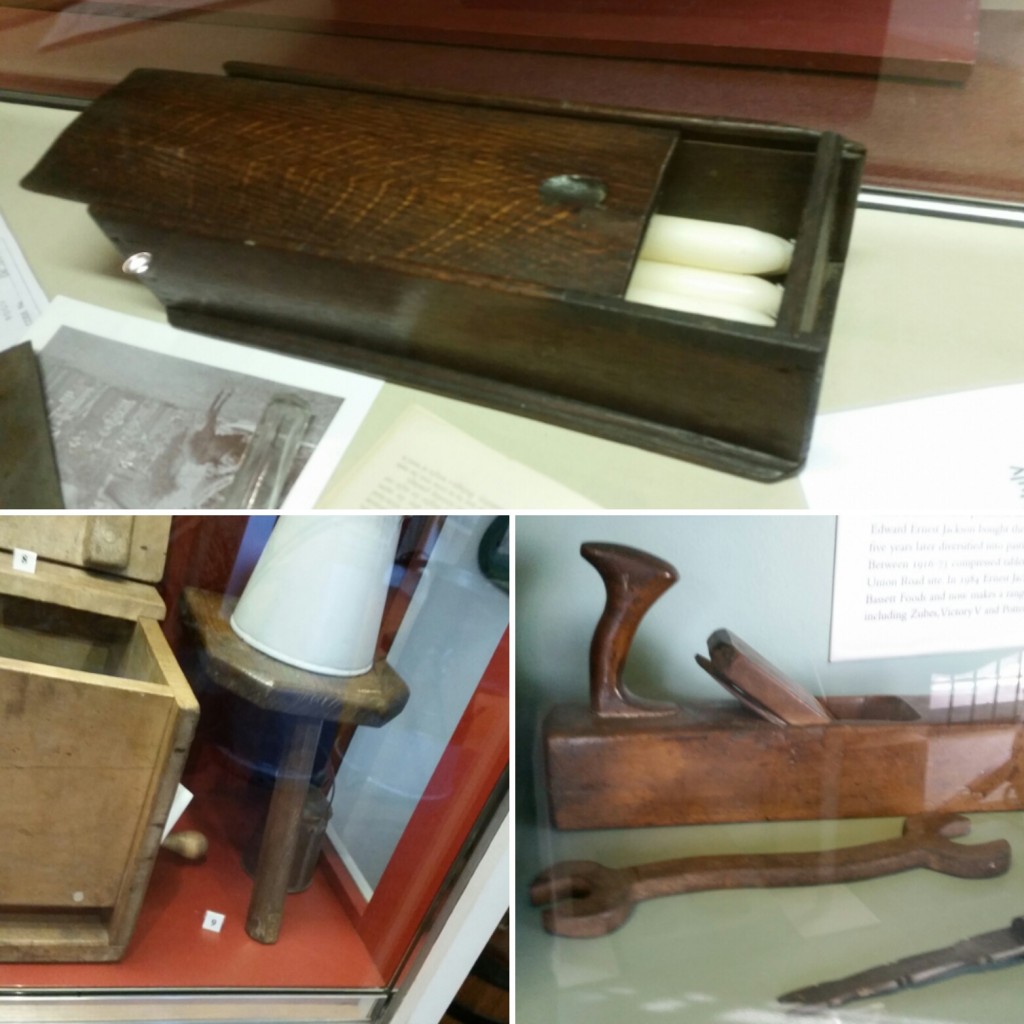We may receive a commission when you use our affiliate links. However, this does not impact our recommendations.
Shop time has been limited in recent weeks, but that’s normal for most of us and perfectly fine. I’ve been keeping the house quiet during the weekends as my wife is coming to the end of a course with a final flurry of assignments. That means plenty of child-friendly activities! I decided to take a punt on a local museum to mix things up a bit. Although I’ve visited local museums I’d never gotten around to visiting the Tiverton Museum of Mid Devon Life. In short, it was brilliant and seemed to be a final piece in a puzzle of some abstract thoughts that have been rattling around in my head for the last few months.
From my kid’s point-of-view, they could have stayed longer than our time allowed. They both had a backpack provided by the museum with books, torches, soft toys and other stuff they enjoyed playing with as we made our way around. In addition, there were regular pit stops with child friendly activities woven into the exhibits that kept them interested and interacting. It was great to see an approach that brought kids into the process rather than just expecting them to be interested.
The museum wasn’t just for kids though, as I also had a great time. What this museum did brilliantly was to represent typical people’s lives over hundreds of years. Far from being a celebration of the work of-a-few-for-the-few, it’s a museum that celebrates the work of-the-many-for-the-many. I’ve had the pleasure of seeing carriages at a local National Trust property and, although stunning, they never resonated to me in a way the everyday carts of this exhibition did. I can’t imagine just how fortunate the museum was in landing such a complete array of wheelwright’s wares. Many appear to be from one wheelwright. I need to find out more!
One of the first sections of the museum has many early pieces such as the oak chest above, some wonderful carving, chairs and a stunning clock. Because I’m a layman when it comes to an understanding of design, time periods and the like, I’ll hold of trying to share my thoughts. However, I need to find out more!
There were also plenty simple rural craft items such as simple boxes and stools. I’d enjoy making some versions of these in a fast-paced video format. The plane is pretty funky, but looking through the glass I’m sure I can spy a rounded top plane iron with cap iron. Perhaps it’s not all that interesting, but it suggests and iron of late 18th or early 19th century. However, the whole plane looks like a very strange mongrel. The tote, strangely shaped and worn, contrasts starkly with a body that shows little sign of wear and a low pitched double iron. Again, I need to find out more!
This leads me to how I find out more. Once my bench project is fully brought together (about halfway through), I’ll see if the museum would allow me to look more closely at some of the wonderful pieces and, in time, I could make some pieces inspired by what I see. However, as I mentioned at the start I’ve been having some thoughts on what I want to do and how to realize it. I’ll expand on it next time, but I am slightly wary about doing so. It’s an area that I’m less confident discussing. It could be a blind ally or a stupid idea, but I think I need to write it down just to get it out of my head!
Oh, and if you ever find yourself in the UK and in Tiverton, do try and make a stop at the museum. There are a lot of other cool pieces that I’ve not mentioned; a great deal of post war living, awesome train exhibit the kids can get involved with and too much more to list.
Check it out if you can!
Here are some supplies and tools we find essential in our everyday work around the shop. We may receive a commission from sales referred by our links; however, we have carefully selected these products for their usefulness and quality.














I love seeing the exhibits of the everyday items and not just things that may be considered unique (in the sense of meaning rare). And am I seeing a “Sellers” candle box? Who knew he went back that far? 🙂
Bill